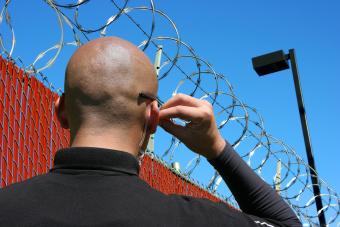Border Enforcement
Recent Activity
The exponential growth of international travel since the 1960s has left border management systems worldwide struggling to keep up and has exposed weaknesses in states’ abilities to effectively manage their borders, especially regarding terrorist attacks, human trafficking, and illegal migration.
Over the past half century, migration from Mexico and Central America to the United States has been driven in part by regional demographic and human-capital trends. As the U.S. labor force became better educated, fewer native workers accepted certain low-skilled jobs. This report offers a look at the economic changes that have coincided with a Mexican and Central American population boom.
Doris Meissner, Director of the U.S. Immigration Policy Program at MPI, offers her knowledge and expertise regarding border security in this testimony before the Senate Homeland Security and Governmental Affairs Committee.
This discussion focuses on the MPI report, "Executive Action on Immigration: Six Ways to Make the System Work Better," which outlines administrative actions that can be implemented to improve the immigration system.
Information and technology are centerpieces of a new border architecture that seeks to respond to the competing demands of facilitating mobility and managing cross-border risks while remaining cost-efficient and respectful of rights and privacy. This report shows how governments must approach border management systems to ensure properly balanced development.
This report details the post-9/11 programs and agreements implemented by U.S. and European governments to identify terrorists and serious transnational criminals through the collection and processing of increasing quantities of traveler data.
In the absence of new U.S. immigration reform legislation, this report examines the opportunities that exist within the executive branch and the administration to refine and strengthen current U.S. immigration laws and policies. The administration can exercise its authority to field policies, programs, and procedures that are effective and fair in advancing the goals of the U.S. immigration system.
Faced with enormous political pressure to stop illegal immigration and to prevent the entry of potential terrorists, the U.S. government has devoted ever more resources to enforcing border policies. It remains unclear, the author argues, whether the efficacy of these programs warrants their costs.


